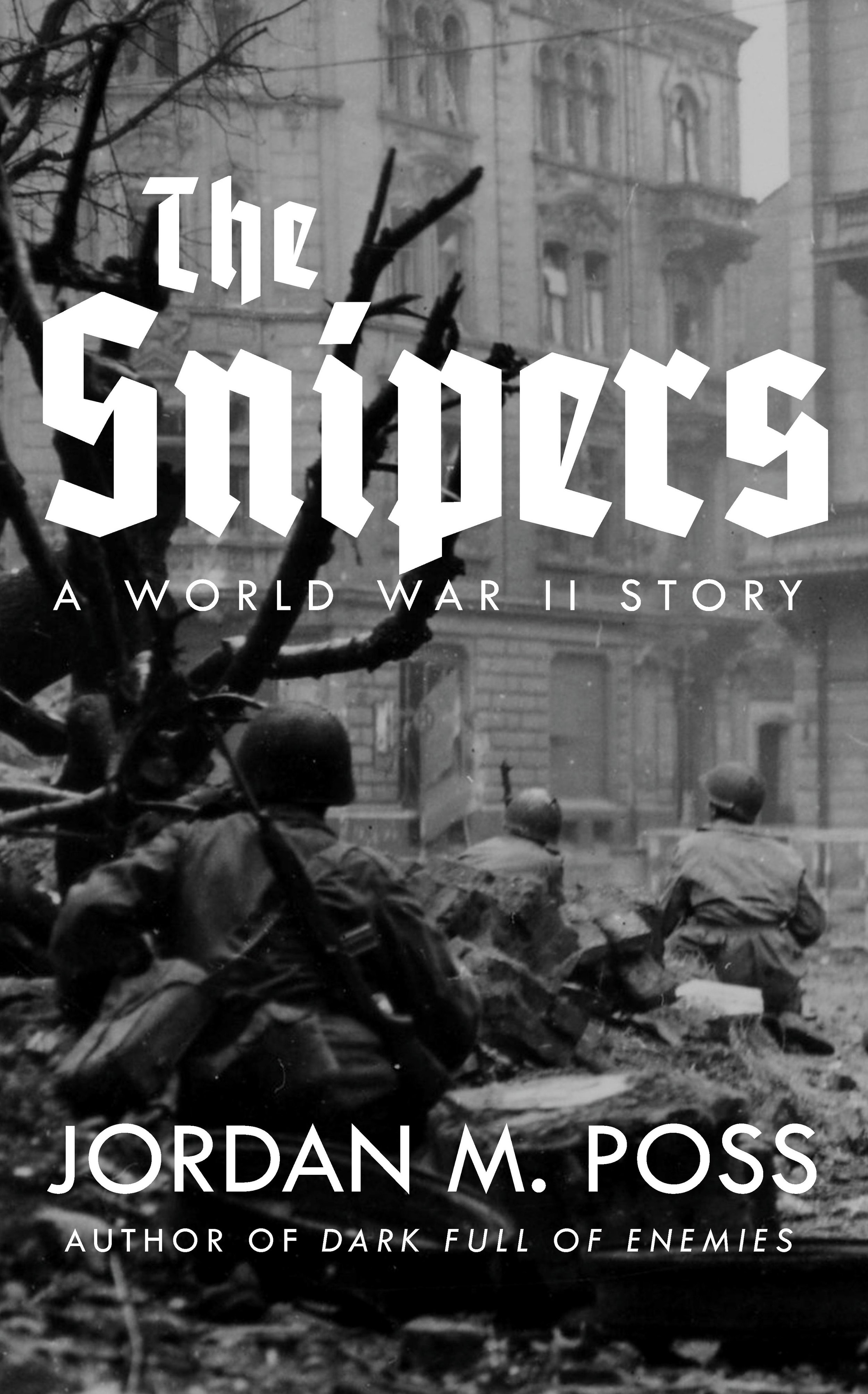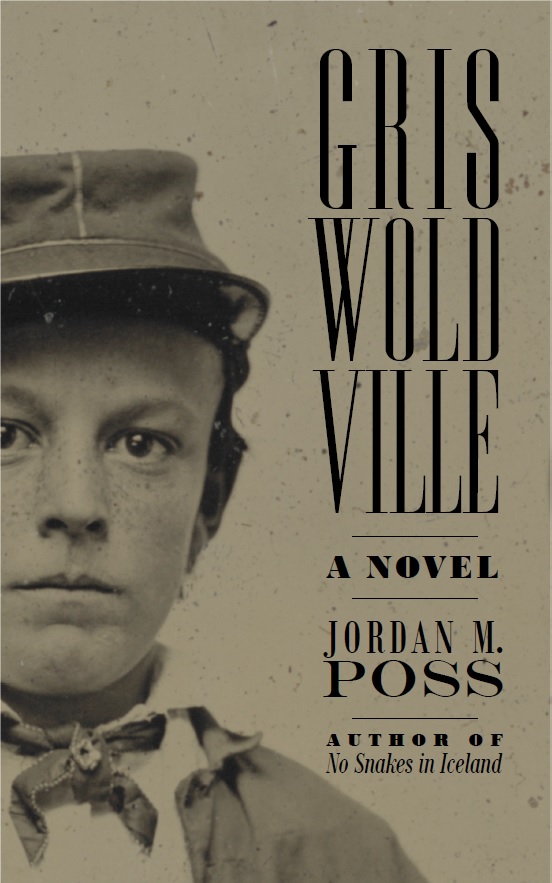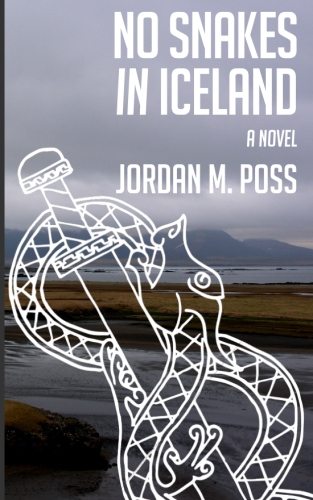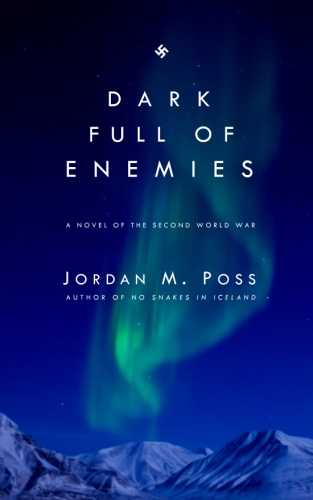Men of Terror
/Imagining what it was like—Angus McBride’s depiction of Olaf Tryggvason’s final moments at the Battle of Svolder
Old friends or longtime readers of this blog will know that one of the most important questions I bring to my historical study, and the question that bridges the gap between my academic work and my love for writing fiction, is What was it like? Instinctual and unarticulated, this question drove my earliest interests in history, and my formal study always ran parallel to my imagining being there. Then I read John Keegan and, later, Victor Davis Hanson, and their work gave substance and form to those instincts, allowing me to shape my work, from my graduate thesis onward, deliberately to pursue answers to What was it like? in addition to everything else of big-picture importance in historical research.
William R Short and Reynir A Óskarson’s Men of Terror: A Comprehensive Analysis of Viking Combat fits snugly into that important interest of mine, pursuing the same question—or set of questions—with regard to warfare in the Viking Age.
I say set of questions because Short and Óksarson don’t stop with imaginative you-are-there reconstructions or interpretations, but collect as much empirical, scientific data as possible on as wide an array of topics as possible in their research into Viking combat. This includes not only collecting archaeological evidence about, say, the build and strength of Viking Age people, but also mining the literary sources, most especially the Sagas of Icelanders but others where necessary, for information on what kinds of weapons and gear were used, and how.
So, for example, based on the numerous violent incidents described in the sagas, Short and Óskarson are able to show that Viking swords were used for slashing or cutting an overwhelming majority of the time and only rarely for thrusting. Furthermore, these data correlate with the design of the thousands of surviving Viking Age swords, which almost always have cutting edges on both sides—some of which, they note, are still sharp a thousand years later—but less tapered, more spoon-shaped points that would be less suitable for stabbing. Here the archaeology and literature back each other up.
Short and Óskarson are also, however, alive to the limits of the available sources and data, and are rightly cautious in their conclusions. They frequently invoke what they call “the coin-toss problem.” Imagine flipping a quarter three times and attempting to derive reliable statistical conclusions about the results of coin tosses from those three examples. While the vast number of surviving swords make conclusions based on attacks described in literary sources more reliable, in many other areas their conclusions have to be much less certain. There is, for instance, exactly one surviving example of a Viking Age helmet, making extrapolation and sweeping conclusions about the design, use, and commonness of helmets unwise. Here one must look more closely at descriptions of helmets in literary sources—all the while keeping in mind that many of these post-date the Viking Age by centuries.
This is a delicate balancing act, but Short and Óskarson are admirably judicious in their use of all available sources and refuse to draw unwarranted conclusions. I have to say that this was enormously refreshing, especially when it comes to contentious topics like Hollywood’s favorite Viking, the “shield-maiden.”
But their willingness to embrace the difficult work of squaring what we know from often fragmentary archeological knowledge with the literary sources and all their potential flaws is not the only strength of Short and Óskarson’s book. They also bring a great deal of practical, empirical knowledge to their analysis. Through research conducted through Short’s “experimental archaeology” group Hurstwic, the authors tested their conclusions using reconstructed Viking Age weapons, armor, and clothing. This includes measuring the force of sword blows using scientific instruments, the cutting power of various Viking weapons using animal carcasses, and even much simpler experiments. The sagas recount great heroes swimming fully armed and armored. Is this possible? Short and his collaborators found out by suiting some swimmers up and dumping them in the water. Inexperienced swimmers sank almost immediately, but some Scandinavian participants accustomed to cold water swims carried on just fine. Fascinating, even exciting stuff.
After early chapters on sources, methodology, and their attempt to understand the Vikings from the inside out (about which more below), Men of Terror settles into a series of chapters exploring specific topics—the numerous kinds of weapons used throughout the Viking Age as well as armor, shields, dueling, raiding, naval combat, mass infantry battle, and grappling or “empty-hand” combat. Each chapter is lavishly illustrated with pictures of surviving archeological examples, drawings or reconstructions based on research, maps and photos of actual locations of fights and ambushes in Iceland, pictures of Hurstwic experiments and reenactments, and charts laying out all kinds of data—average blade length of surviving swords, the causes and results of duels in the sagas, the relative lethality of attacks with different kinds of weapons, and more.
These weapon by weapon and tactical chapters, with their mix of literary and archaeological research as well as real-world experiment, make up the bulk of the book. But one early chapter is perhaps the most valuable and sets the tone for all the rest: Short and Óskarson’s chapter on “the Viking mindset.”
This, too, is speaking my language. I’ve invoked Chesterton’s vision of “the inside of history” here time and time again. Short and Óskarson drive straight at this, seeking to understand the warriors of the Viking Age on their own terms rather than importing the ideals of the present day to the past. I use the phrase their own terms deliberately: Short and Óskarson work through some key Old Norse vocabulary—most especially drengskapr, manliness, and orðstirr, word-glory or fame—to establish why Vikings did what they did. They follow this up throughout the book by staying on guard for the intrusion of their own modern mindsets, always aware that what strikes them as most “efficient” or “likely” may never have occurred to a man of the Viking Age. This is a selfless, genuinely openminded approach to understanding a long-departed culture, and it’s one of the things that makes Men of Terror especially good.
I could go on much longer, but hopefully this has given you a taste for this excellent book. I highly recommend it if you have any interest in the Viking Age or medieval military history at all.
More if you’re interested
I discovered Short and his organization Hurstwic through Jackson Crawford, who has interviewed Short on his YouTube channel. These interviews are excellent resources in and of themselves. Here are Part I and Part II. If this “mindset” or “inside of history” approach resonates with you and you have an interest in the Viking Age, especially the literature thereof, let me also recommend Tom Shippey’s Laughing Shall I Die, which I read this summer.




















